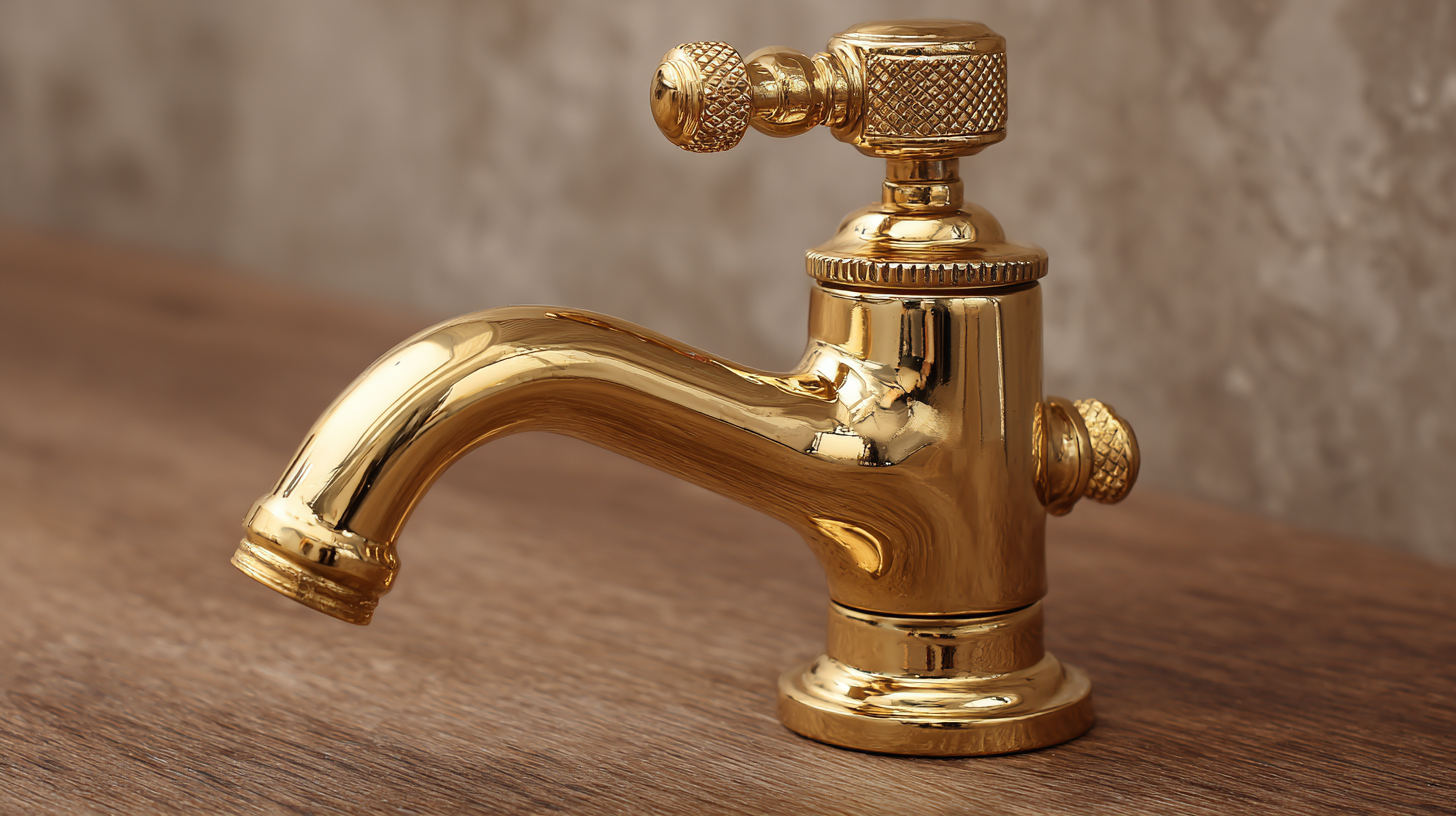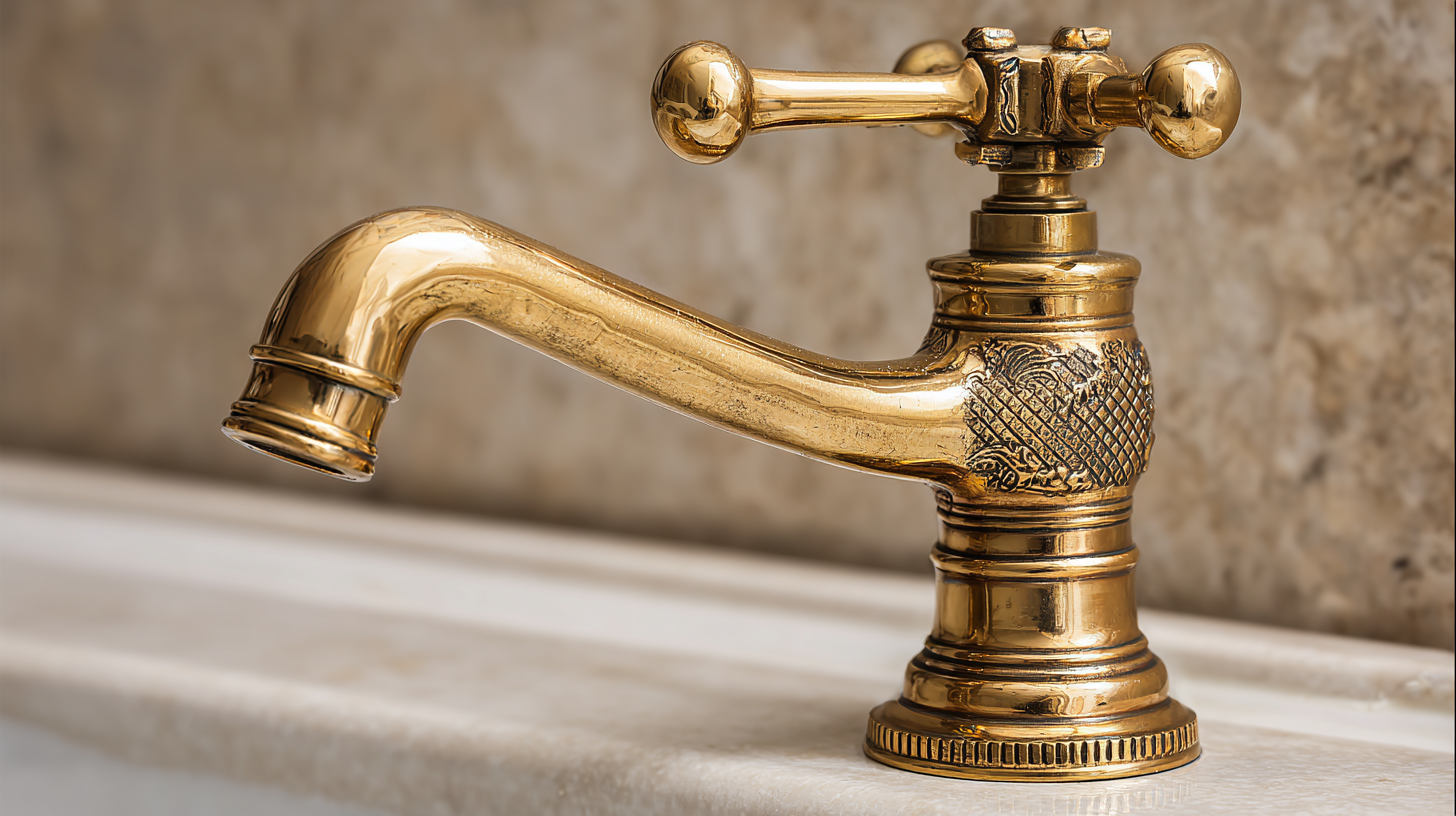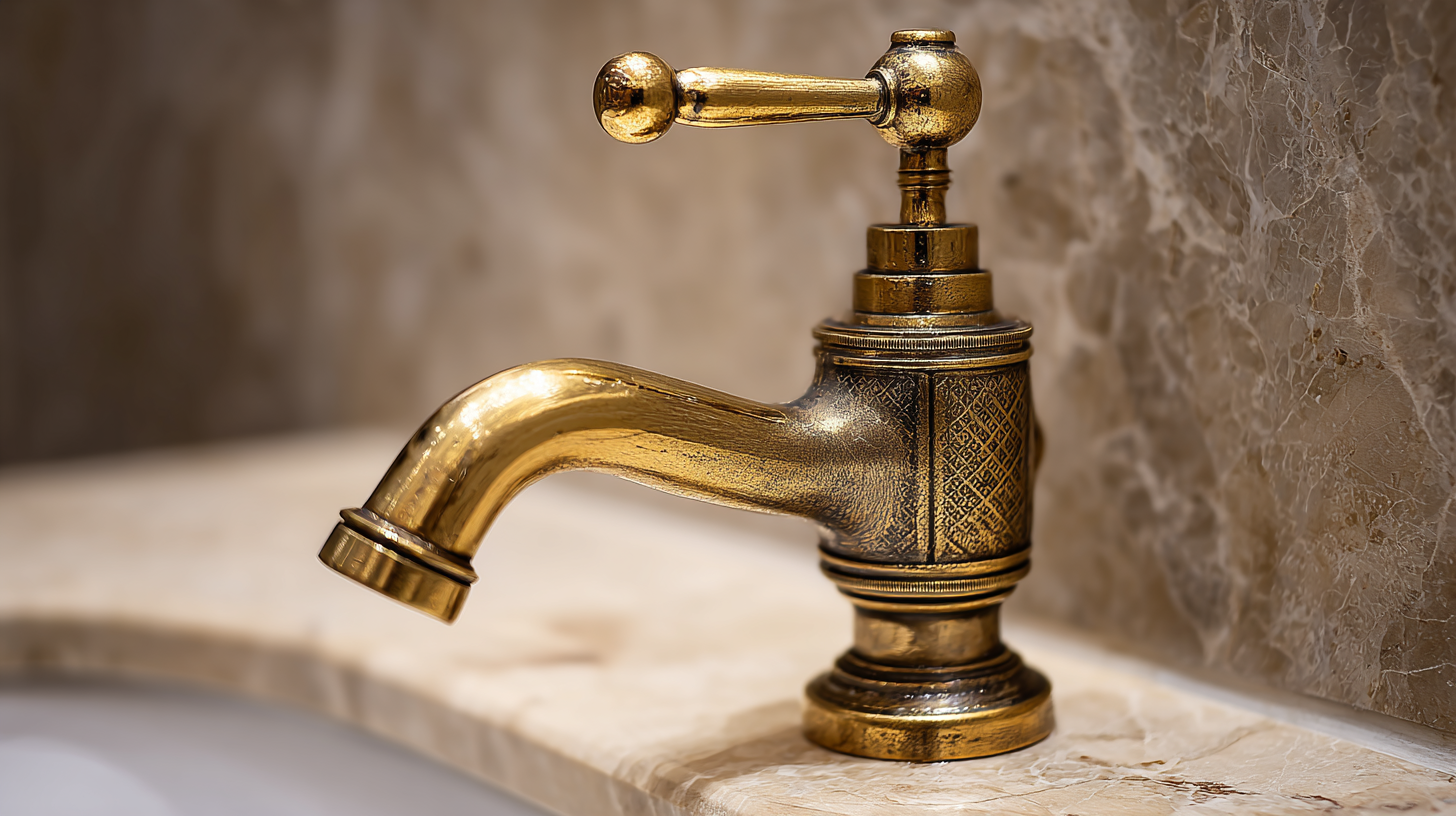When it comes to selecting the right components for your plumbing needs, choosing the best brass fittings for faucet applications stands out as a critical decision. With a vast array of options available in the market, understanding the specific qualities and advantages of Chinese-manufactured brass fittings can significantly enhance your decision-making process. Known as a powerhouse in the manufacturing industry, China leads the way with its exceptional craftsmanship and export capabilities. This blog aims to guide you through the ultimate checklist for selecting the ideal brass fittings for faucet installations, ensuring durability, efficiency, and optimal performance. Whether you are a DIY enthusiast or a seasoned plumber, by the end of this piece, you’ll be well-equipped to make informed choices that elevate your plumbing projects, while recognizing the strengths of these remarkable products from one of the world’s foremost manufacturing nations.

When selecting brass fittings for your faucet, it’s essential to understand the common issues that can arise. One prominent problem is corrosion, which can significantly affect the longevity of brass fittings. Exposure to water and air can lead to the development of a greenish patina, known as verdigris, compromising the integrity of the fittings and leading to leaks. Additionally, if the fitting is not made from high-quality brass, it may weaken over time, resulting in cracks or breakage.
Another frequent concern with brass fittings is the compatibility with different types of plumbing systems. If the fittings are not appropriate for the specific water pressure or temperature of your home, they may fail sooner than expected. This mismatch can lead to not only leaks but also more extensive plumbing issues. Thus, investing in well-manufactured brass fittings that are compatible with your faucet and understanding the environment in which they’ll be used is crucial for long-term performance and reliability. The right selection will mitigate common problems, ensuring a functional and durable setup.

When selecting brass fittings for your faucet, understanding the signs of wear and tear in brass components is crucial for maintenance and longevity. According to a report by the American Society of Plumbing Engineers, over 30% of faucet failures can be traced back to deteriorating materials. Brass, while known for its durability, can suffer from corrosion, especially in high-humidity environments or when exposed to harsh chemicals. Look for discoloration, often a sign of oxidation, which can indicate that the fitting is losing its protective layer, impacting both function and aesthetics.

Additionally, frequent leaks or increased resistance when operating the faucet may suggest that internal components are wearing down. The National Association of Home Builders recommends regular inspections, allowing homeowners to catch these issues early. Replacing worn-out fittings can save both water and money, with an estimated 10% of residential water use attributed to leaks. Ensuring that you use high-quality brass fittings not only enhances performance but also contributes significantly to reducing environmental impact and maintaining efficient water use.
When selecting brass fittings for your faucet, one of the most critical factors to consider is corrosion resistance. Brass fittings are widely appreciated for their durability and strength; however, their longevity greatly depends on the alloy composition and the environmental conditions they are subjected to. High-quality brass that contains a significant amount of copper offers better resistance to corrosion, making it ideal for use in plumbing systems where contact with water is constant.
Corrosion can lead to severe issues, including leaks and compromised water quality. Regular exposure to moisture, along with impurities often found in water, can accelerate the breakdown of inferior brass fittings. To combat this, look for fittings that come with protective coatings or finishes designed to enhance their resistance against rust and tarnish. Additionally, consider the specific application and conditions—fittings used in saltwater applications should be more resistant than those in freshwater settings. By carefully evaluating these aspects, you can ensure that your brass fittings not only meet your aesthetic requirements but also provide lasting performance without the worry of corrosion-related problems.
When it comes to selecting the right
brass fittings for your faucet setup, understanding size and compatibility is crucial.
According to the Plumbing Manufacturers International (PMI), improper fittings can lead to
leaks and reduced water flow, resulting in costly repairs and water wastage. The first step is to
identify the specifications of your faucet. Standard sizes for fittings typically range from
½ inch to ¾ inch, but some faucets might require custom sizes.
Always refer to the manufacturer’s recommendations to ensure a precise match.
Compatibility extends beyond size; it also involves
material and design. The American Society of Plumbing Engineers (ASPE) emphasizes
the role of thread types and connector designs in achieving a proper fit.
For example, combining a male threaded fitting with a female hose can optimize your faucet's functionality.
Additionally, consider the specific pressure ratings and temperature tolerances of the fittings,
as these factors impact overall performance. With proper attention to size and compatibility, you can enhance the
efficiency and durability of your faucet system, ensuring
long-term reliability.
When it comes to plumbing systems, maintaining brass fittings is crucial for ensuring longevity and preventing leaks. Regular inspections should be part of your routine to catch any signs of wear or corrosion early. Look for discoloration or buildup on the fittings, as these can be indicators of potential problems. Even the smallest leak can escalate quickly if not addressed, so keep an eye out for any moisture around the fittings.
Another key maintenance tip is to clean brass fittings regularly. Use a mild detergent and a soft cloth to remove any grime or mineral deposits. Avoid abrasive cleaners that can scratch the surface and lead to corrosion over time. Additionally, ensure that the fittings are properly sealed and tightened to avoid leaks. Over-tightening can also damage the fittings, so a gentle but firm hand is essential. By incorporating these maintenance tips, you can extend the life of your brass fittings and enhance the overall efficiency of your plumbing system.
This chart illustrates the importance rating of various factors to consider when choosing brass fittings for faucets. Quality ranks the highest, while maintenance has the lowest importance rating in this context.
